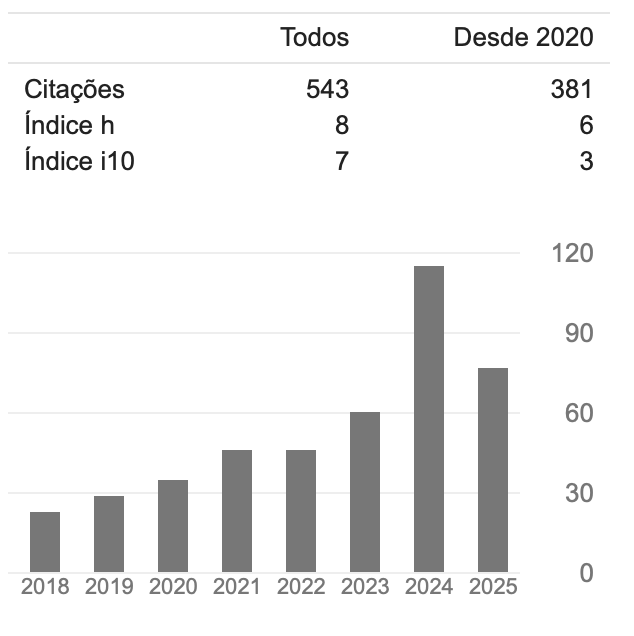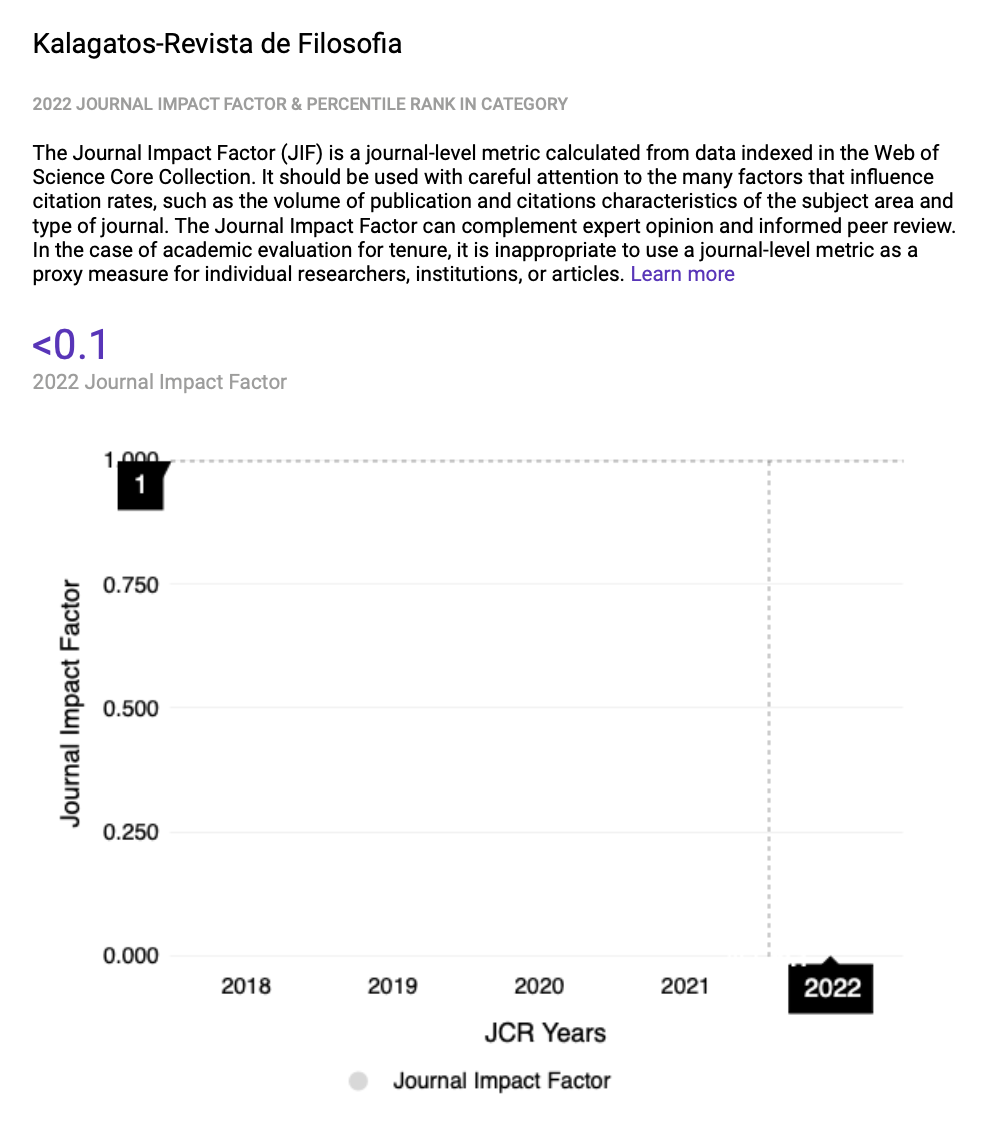Dossiê: Atualidade do estruturalismo
Prezados autores, favor utilizar esse template para submissão:
https://mega.nz/file/bWJx2AzY#StsdiW3X9amsaL0c2qoa2ms5_-fb3k_MICgSwfYtafo
Previsão de Publicação 01/2025 Data limite para submissão 31/10/2024
Em 1972, Gilles Deleuze publicava um texto no qual procurava estabelecer um certo número de critérios comuns a um movimento que, desde o início de 1960, parecia transformar o campo de problemas das ciências humanas. Intitulado “Em que se pode reconhecer o estruturalismo?” e redigido como um dos capítulos de “História da filosofia” de François Châtelet, o artigo de Deleuze enumerava sete problemas centrais desse movimento como, por exemplo, o problema do simbólico, do serial e da diferenciação, ou ainda problemas mais obscuros, dificilmente definidos em um só critério, como o problema do sujeito e da prática. Alguns desses problemas comuns podiam ser reconhecidos em autores como Foucault, Lacan, Althusser, Barthes e Lévi-Strauss, e poderíamos incluir os trabalhos de 1968 e 1969 do próprio Deleuze, a saber, “Diferença e repetição” e “Lógica do sentido”.
No entanto, embora a aparente unidade desse movimento pudesse ser reconhecida por determinados problemas comuns, essa unidade foi rapidamente colocada em suspeita por seus críticos, e o epíteto “estruturalista” recusado por aqueles que foram designados como os protagonistas desse movimento. Do lado dos críticos, as acusações versavam sobre a falta de um verdadeiro método estruturalista, sobre a
incompreensão da noção de estrutura e seu suposto caráter ahistórico. Já do lado daqueles que puderam se inspirar de seus problemas, a recusa em terem seus trabalhos classificados como estruturalistas parecia ter sua razão na importância excessiva que se dava ao papel da linguagem e do sentido. Mas, se o estruturalismo pôde suscitar tantas reações, tanto positivas, ao apontar para um campo novo de problemáticas nas ciências humanas, quanto negativas, ao sugerir um limite para sua generalização nas “ciências do homem”, como podemos avaliar esse movimento hoje e qual atualidade podemos atribuir-lhe? E, se as discussões contemporâneas animadas por Jean-Claude Milner, Patrice Maniglier e Viveiros de Castro parecem dar ao estruturalismo um novo folêgo, em que poderíamos reconhecer a atualidade de seus “signos distintivos” e o que, do momento dos anos 1950 à 1970, ainda constitui um problema que merece ser colocado com base no que constitui o nosso pensamento hoje?
Assim, a fim de promover discussões em torno do estruturalismo e de sua atualidade, este dossiê se propõe a abrir um espaço para contribuições teóricas, críticas e analíticas que abordem algumas das questões fundamentais desse movimento.
Editores responsáveis pelo dossiê:
Marcos Alexandre Gomes Nalli (UEL)
Lorena de Paula Balbino (UEL)


















